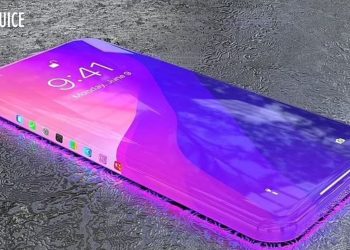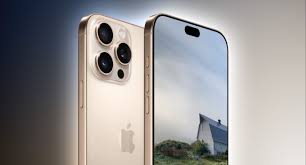According to a study published in iScience, scientists may have discovered a technique to launch a navigation system underground by utilizing showers of particles created when cosmic rays hit the atmosphere of Earth.
Scientists were able to detect an individual’s basement position by using subatomic particle rays known as muons that fell to Earth’s surface.
These rays are emitted by faraway space objects such as supernovas or by particles colliding with the sun on Earth. These are reported to be harmless and can be buried.
It might be a game changer for mining, deep-sea research, and other applications where GPS is ineffective.
“Cosmic ray muons fall equally across the Earth and always travel at the same speed regardless of what matter they traverse, penetrating even kilometres of rock,” said Hiroyuki Tanaka of the Japan’s University of Tokyo.
“We have now developed a new type of GPS, called the geometric positioning system (muPS), that works underground, indoors, and underwater by using muons.”
Similar particles were utilized for navigation in Egyptian pyramids.
It is not a GPS satellite, but four muon-detecting reference stations are positioned above ground, and receivers are mounted on people or underground.
“When a shower of muons falls, they pass through the reference detectors before reaching the receiver.” The time lag between the reference detectors and the receivers allows for trilateration, which provides the coordinates of the receiver. However, the initial muPS system had to be wired, which is inconvenient for someone on the move. According to Science Alert, “the team has now taken the system wirelessly.”
“The reference detectors and receiver were all linked to a precision quartz clock that was synchronized.” One of the reference detectors was installed on the sixth story of a building, while the receiver was moved about in the basement. The biometric wireless navigation system (MuWNS) is the name given to the new system.
“The receiver’s coordinates were not tracked in real-time; the team took measurements and used them to reconstruct the person’s route through the basement corridors,” Tanaki explained. They did so with reasonable accuracy, although it could be improved.”
“The current accuracy of MuWNS ranges from 2 meters to 25 meters (6.5 to 82 feet), with a range of up to 100 meters depending on the depth and speed of the person walking.” “This is as good as, if not better than, single-point GPS aboveground positioning in urban areas,” he said.
“However, it is still a long way from being practical.” People require 1-meter accuracy, and time synchronization is essential.”
“With these new results,” researchers said, “it is clear that, with further improvements, MuWNS can be adapted to improve autonomous mobile robot navigation, positioning, and other underground and underwater practical applications.”






